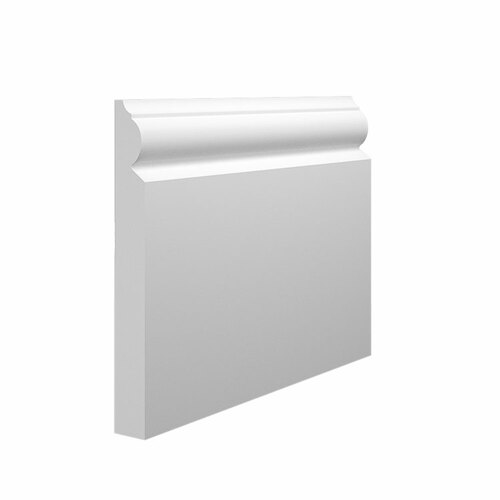Skirting boards, also known as baseboards, are an essential part of interior design, providing a seamless transition between walls and floors. They protect walls from damage, hide uneven edges, and enhance the aesthetic appeal of a room. Whether you prefer a traditional or modern style, the choice of skirting can significantly influence the overall look of your space. Carefully selected skirting boards not only add elegance but also complement furniture, flooring, and wall colors. Understanding the different designs and materials can help you create a cohesive and stylish interior.
Traditional Skirting Designs
Traditional skirting boards are often characterized by their detailed profiles and classic finishes. They bring warmth and sophistication to interiors, making them suitable for period homes or spaces aiming for a timeless appeal.
- Material Choices: Wood is the most common material, often finished with paint or varnish. MDF is a budget-friendly alternative that can mimic wood patterns.
- Profiles: Rounded edges, beading, and ornate moldings are typical in traditional designs. They add depth and character to rooms.
- Height: Taller skirting boards 150-250 mm create a sense of grandeur, especially in rooms with high ceilings.
- Color Options: Neutral shades like white, cream, or soft pastels blend well with traditional interiors, while darker wood stains provide richness.
Traditional skirting works beautifully with features like crown moldings, wainscoting, and classic furniture. Its decorative nature allows rooms to feel warm and inviting.
Modern Skirting Designs

Modern skirting emphasizes clean lines, minimalism, and functionality. It complements contemporary interiors, creating a sleek and uncluttered look.
- Material Choices: Options include MDF, PVC, and aluminum for durability and easy maintenance. These materials allow smooth finishes and subtle textures.
- Profiles: Straight edges and simple grooves dominate modern designs, keeping the look streamlined and understated.
- Height: Shorter skirting boards 70-120 mm is common, ensuring focus remains on furniture and flooring rather than the walls.
- Color Options: White, black, grey, or matching wall colors help skirting blend seamlessly into the room, highlighting a modern aesthetic.
Modern skirting often integrates with under floor lighting or conceals wiring, adding practical benefits without compromising design.
Tips for Choosing the Right Skirting
Selecting the right skirting enhances both style and functionality. Consider these factors:
- Room Size: Taller skirting works well in spacious rooms, while compact spaces suit lower profiles.
- Flooring Type: Wood, tiles, or laminate may influence material choice and installation method.
- Wall Color: Skirting that contrasts subtly with the wall creates definition, while matching shades offer a seamless look.
- Maintenance: Materials like PVC or MDF are easier to clean and more resistant to moisture.
Skirting boards are more than just a finishing touch they are a blend of style and utility. Traditional skirting adds elegance and character, perfect for timeless interiors, while modern skirting delivers minimalistic charm for contemporary spaces. By choosing the right material, profile, and height, you can elevate the aesthetic of any room. Paying attention to detail ensures that skirting complements other design elements, creating a harmonious and visually appealing environment.